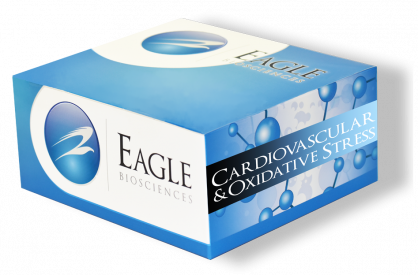Antioxidant Capacity Potential Assay
The Antioxidant Capacity Potential Assay is For Research Use Only
Size: 1×96 wells
Sensitivity: 0.063 mM
Dynamic Range: 21.9 – 4378 µmol/L (cupric ion reducing power)
Incubation Time: 3 minutes
Sample Type: Human and Animal Serum, Food, Beverages
Sample Size: 200 µL
Preparation of samples
For serum samples, fresh frozen samples are recommended because some antioxidants such as vitamin C, uric acid and coenzyme Q10 are unstable. For other samples types such as beverages and food, see section “Assay Examples”, and dilute with distilled water.
Assay Background
Oxidative stress plays on important role in various diseases and aging. The control of oxidative stress is expected to be useful to prevent diseases and aging. Oxidative stress is caused by the imbalance between reactive oxygen species (ROS) and antioxidant defense system. For accurate assessment of oxidative stress, measurement of ROS, oxidative damage and antioxidant activity may be essential. The Potential Antioxidant Capacity Assay can detect not only hydrophilic antioxidants such as Vitamin C and glutathione, but also can detect hydrophobic antioxidants such as Vitamin E. This kit is applicable for assessment of total antioxidants of serum, foods and beverage samples.
Related Products
CUPRAC Food and Beverage Antioxidant Assay
Total Antioxidant Power Microplate Assay
Glutathione Total Assay Kit


